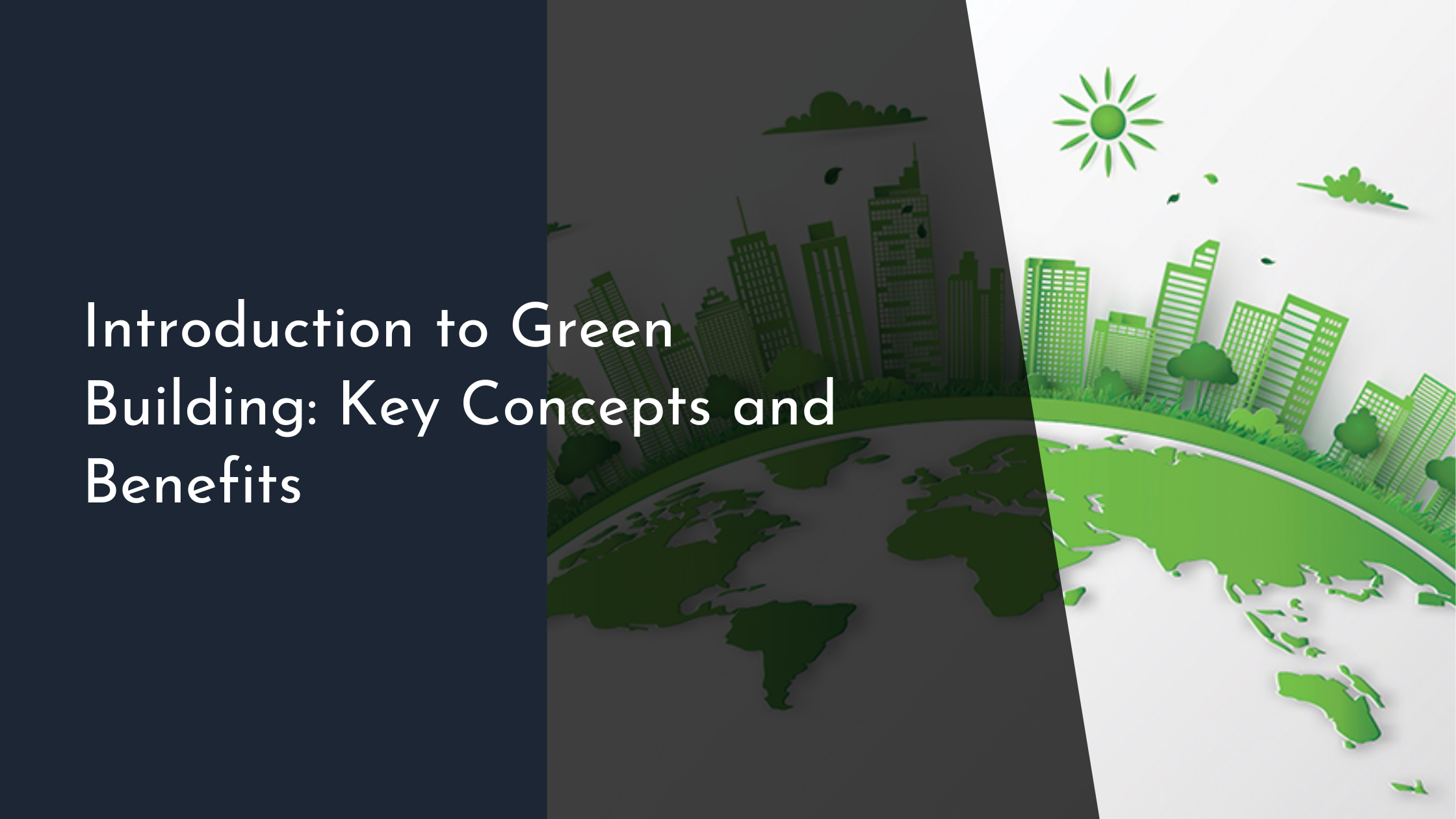Introduction to Green Building: Key Concepts and Benefits
In recent years, the push towards sustainability has transformed industries worldwide, and the construction sector is no exception. Green building, a method that emphasizes environmental responsibility and resource efficiency, has become a cornerstone of modern architecture and urban planning. This approach not only aims to reduce the negative impact of buildings on the environment but also to create healthier, more productive spaces for occupants. In this article, we delve into the key concepts of green building, explore the materials and technologies that drive this movement, discuss the benefits, and examine future trends in sustainable construction.
Understanding the Principles of Green Building
Green building is rooted in several core principles designed to minimize environmental impact and enhance the well-being of occupants. One of the primary principles is energy efficiency, which involves reducing energy consumption through smart design, efficient systems, and renewable energy sources. This can include the integration of solar panels, high-performance windows, and energy-efficient lighting. Water efficiency represents another critical principle, emphasizing the need for systems that reduce water usage through rainwater harvesting, efficient plumbing, and water-wise landscaping.
Another key aspect of green building is indoor environmental quality, focusing on ensuring healthy indoor air, natural lighting, and thermal comfort. This involves selecting non-toxic materials, incorporating proper ventilation and filtration systems, and using daylighting strategies. Sustainable site development is also crucial, taking into account the environmental aspects of a building’s location and minimizing its footprint by preserving green spaces and reducing urban heat islands. All these principles work together to create structures that are both eco-friendly and human-centric.
Essential Materials and Technologies Used
Green building employs a variety of materials and technologies that contribute to its sustainable goals. Recycled materials, such as reclaimed wood, recycled metal, and reused concrete, are increasingly popular as they reduce waste and lower the carbon footprint of construction projects. Additionally, using locally sourced materials can significantly cut down transportation emissions while supporting local economies. Renewable materials, like bamboo and cork, provide sustainable alternatives to traditional building materials due to their rapid growth and renewability.
On the technological front, green building leverages innovations like smart energy management systems, which optimize energy use through real-time monitoring and control. Advanced insulation materials, such as aerogel and vacuum-insulated panels, improve buildings’ thermal performance, thereby reducing heating and cooling demands. Green roofs and walls, equipped with vegetation, enhance insulation, manage stormwater, and improve urban biodiversity. These materials and technologies collectively facilitate the construction of sustainable buildings that meet modern-day ecological demands.
Environmental and Economic Benefits Explored
Green building offers a plethora of environmental benefits, primarily through reduced resource consumption and minimized waste production. By using energy and water more efficiently, green buildings help conserve precious natural resources and decrease pollution. Moreover, the use of eco-friendly materials and construction practices substantially lowers the carbon footprint, contributing to the fight against climate change. Enhanced biodiversity and ecosystem support are additional environmental advantages, achieved through thoughtful landscaping and preservation efforts.
Economically, investing in green buildings can yield significant returns over time. While the initial costs may be higher compared to traditional buildings, green buildings often result in substantial savings through reduced utility bills and maintenance costs. Energy-efficient systems and durable materials lower operational costs, while improved indoor environments can lead to increased productivity and reduced absenteeism in workplaces. Furthermore, green buildings often enjoy higher property values and stronger marketability due to growing consumer preferences for sustainable living and working spaces.
Future Trends in Sustainable Construction Practices
As the demand for sustainable construction grows, several trends are emerging that promise to shape the future of green building. One such trend is the integration of smart technologies, such as the Internet of Things (IoT) and artificial intelligence (AI), which enhance building performance and user experience. These technologies allow for the development of “smart” buildings that can self-regulate energy use, monitor indoor air quality, and adapt to occupant needs, making them more efficient and comfortable.
Another trend is the increasing focus on net-zero and net-positive buildings, which aim to produce as much or more energy than they consume. These buildings leverage renewable energy sources, energy-efficient systems, and advanced construction techniques to achieve their goals. Modular and prefabricated construction is also gaining traction, as it minimizes material wastage and construction time while ensuring high precision and quality. As these trends continue to evolve, the future of green building looks promising, offering enhanced sustainability and innovation in construction practices.
Green building is more than just a trend; it is a transformational approach to construction that addresses some of the most pressing environmental challenges of our time. By understanding its principles, utilizing cutting-edge materials and technologies, and recognizing its myriad benefits, stakeholders across the construction industry can contribute to a more sustainable future. As we look forward to a world where green buildings become the norm, the integration of innovative solutions and practices will pave the way for healthier, more sustainable communities for generations to come.

